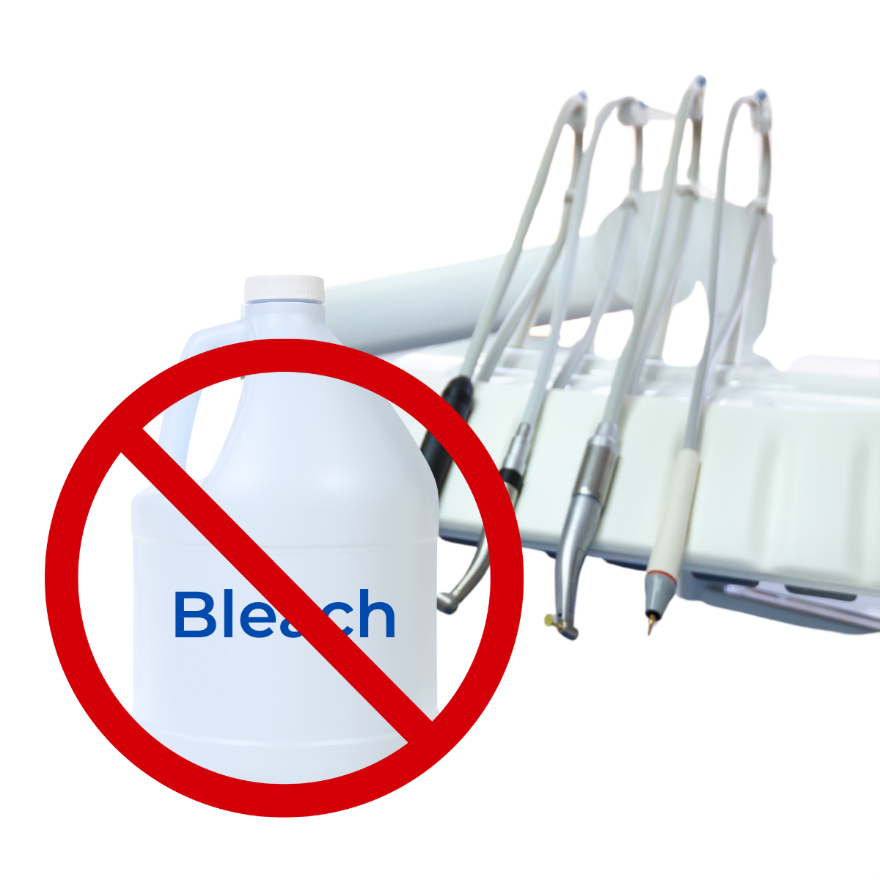
Self-Care Practice for Healthcare Workers: Create Your Own Cozy Tea for Fall
Prioritizing Self-Care for Healthcare Workers with a Cozy Fall Tea Blend

As healthcare professionals, you dedicate your time and energy to improving the health of your community. You care for patients, navigate compliance demands, and manage critical tasks—all while juggling the fast-paced environment of healthcare. But with all these responsibilities, it’s easy to overlook your own well-being. The truth is, to continue delivering excellent care to others, you must also take time to care for yourself. Self-care isn’t just a luxury; it’s essential for maintaining your physical and mental health, ensuring you can stay sharp and energized in your role.
One simple and enjoyable way to practice self-care is by crafting your own cozy tea blend. Tea-making is a calming, mindful activity that not only allows you to unwind but also provides an opportunity to customize your tea to meet your unique health needs. Whether you’re looking for a way to relax after a busy shift, boost your energy, or strengthen your immune system, creating a tea blend is a fun and practical way to prioritize your well-being.
Why Self-Care is Vital for Healthcare Workers
Healthcare professionals are known for putting the needs of others ahead of their own, but this approach can lead to burnout. To continue making a positive impact on your community, it’s important to take time for yourself. Regular self-care practices can help you recharge, stay mentally focused, and prevent stress from accumulating over time.
By creating your own tea blend, you can integrate a small, mindful act of self-care into your routine. Not only does this give you time to slow down and reflect, but it also helps support your body’s specific needs, whether that’s immune support, stress relief, or improved focus.
Crafting Your Own Tea Blend: A Mindful Approach to Self-Care
Here are some easy ideas for crafting a tea blend that’s perfectly tailored to what you need most:
- Immune Support: During flu season, staying healthy is critical, especially for healthcare workers exposed to germs daily. Add ginger, turmeric, and honey to your tea for their anti-inflammatory and immune-boosting properties.
- Stress Relief: Managing patient care, compliance, and administrative tasks can be stressful. To lift your mood and reduce anxiety, blend peppermint, lemon balm, and rose petals. These ingredients are known for promoting calmness and mental clarity.
- Energy & Focus: Healthcare work demands focus and stamina, especially during long shifts. For a natural energy boost without the crash, combine green tea, ginseng, and rosemary. This blend will help keep you sharp and alert throughout the day.
- Relaxation & Sleep Support: After a long day, winding down is essential for recovery. Mix chamomile, lavender, and valerian root to create a soothing tea that promotes relaxation and restful sleep.
The Health Benefits of Tea for Healthcare Workers
Tea has been used for centuries to support health and well-being. For healthcare workers, tea can be an ideal self-care tool that offers both physical and mental benefits. It can help:
- Boost immunity: Ingredients like ginger and turmeric provide support for your immune system, which is essential for staying healthy in healthcare environments.
- Reduce stress: Herbal blends like lemon balm and peppermint help calm the nervous system, reducing the effects of daily stress.
- Support mental clarity: Blends with green tea or ginseng can help sustain energy levels and improve focus, key for staying productive on busy days.
- Promote relaxation: Chamomile and lavender are known to help the body and mind relax, allowing for better sleep and recovery.
Tea Blending Tips
- Base Tea: Choose a neutral base like green tea, white tea, or caffeine-free herbal blends.
- Flavor Enhancers: Add honey or maple syrup for sweetness and antimicrobial properties.
- Aromatic Spices: Add warmth and flavor with spices like cinnamon, cardamom, or cloves, which may offer health benefits.
Conclusion: Self-Care for the Caregivers
To be effective in your role, taking care of your own health is essential. Crafting your own tea blend is a small but meaningful way to practice self-care. It allows you to slow down, take a breath, and focus on your own well-being—so you can continue to improve the health of those around you.
This fall, make time for yourself. Whether you need an immunity boost, stress relief, or a moment of relaxation, there’s a tea blend that’s just right for you. Take a break, brew a cup, and enjoy the calming practice of tea-making as a simple, mindful self-care ritual.
Need inspiration? Try these blends:
- Immune-Boosting Ginger and Turmeric Tea
- Relaxing Chamomile and Lavender Tea for Better Sleep
- Energy-Boosting Green Tea with Ginseng and Rosemary
- Stress-Relieving Peppermint and Lemon Balm Tea
Taking a few moments for yourself can make a big difference in how you feel—both mentally and physically. Your body and mind will thank you, and so will your patients.
Disclaimer: The recommendations in this blog are not intended to be a substitute for professional medical advice. Always consult your healthcare provider before making any changes to your diet or health regimen.












